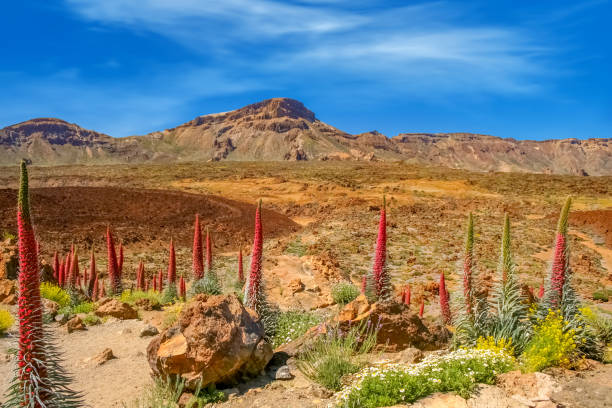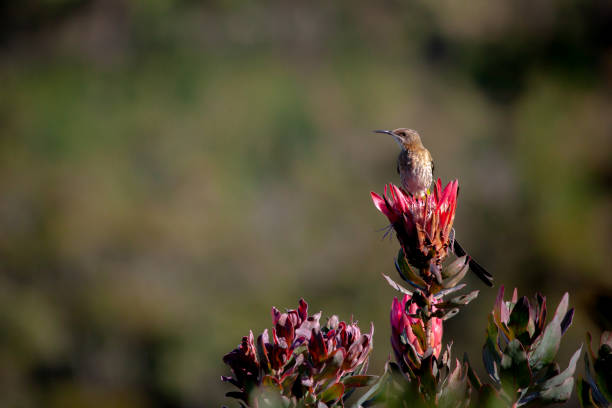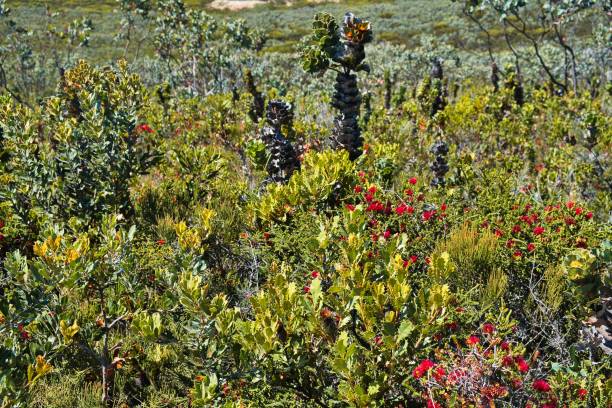Your garden provides you and your guests with a spectacular view to relax outdoors. Why not enhance this experience by adding more local endemic plants to your garden?
Why are endemic plants necessary?
Introducing them to your garden can have several benefits to your garden environment. It can help with conservation by providing a haven of biodiversity while attracting wildlife to your garden, resulting in more luscious flowering and blooms.
The more diverse your garden is the more diversity it will support. Endemic plants are suitable for different conditions, you will just need to do some research to find which trees, shrubs, and flowers are suitable for your garden.

Image Credit: Unsplash
Why you need endemic plants in your garden
Since most local plants can adapt to their environments, here are some reasons why you should start adding them to your garden:
1. They can survive on rainfall alone
Many of these endemic plants are easy to grow, they are resilient and will do a good job supporting themselves in challenging climates as they mature. You might need to water them when they are still little and growing, but when mature they can survive on rainfall alone.
2. They provide habitats for local wildlife
To bring wildlife to your garden, start by choosing a variety of local plants that provide different food sources for them.
The local plants and wildlife of the area go hand in hand in supporting one another and ensuring growth. Select these plants as they will provide the wildlife with natural shelter and food resources.
3. Improve biodiversity
Preserve the biodiversity of the area by starting your endemic garden.
Endemic plants you can plant in your garden
- Pincushion protea
- The red hot poker flower
- The endangered Paarl fire pea
- Agathosma (Buchu) shrub

Image Credit: Unsplash
Introducing these plants will improve the environment and protect a few endangered species.
ALSO SEE:
SEE: Heavy rainfall brings flourishing mushroom growth to Kirstenbosch
Feature Image: Unsplash

